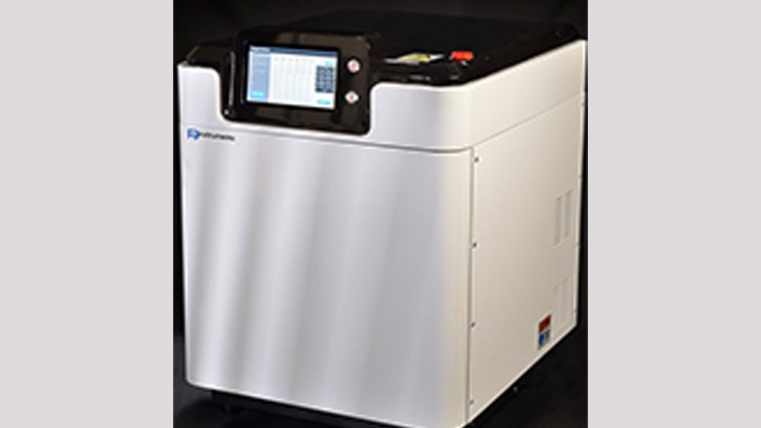
Micro-Wave Digestion 8200
Elemental techniques such as AA, ICP-OES, ICP-MS or XRF. Most of these techniques, require the sample to be dissolved prior to analysis. As analysis techniques continue to improve and become more sensitive, an even greater emphasis is being placed on methods of sample preparation that avoid risks of contamination.
Microwave digestion is now recognised world wide as the most robust sample prep technique for AA, ICP-OES, or ICP-MS analyses. Microwave digestion involves combining the sample matrix and acids in a pressurized container and elevating the solution past the boiling point of the acid which significantly accelerates the digestion. Given the high operating temperatures and pressures, microwave digestion can be applied to a wide range of samples particularly environmental, agricultural, soils, food, feed, pharmaceutical products to name but a few. Thus producing a fully uniform dissolved sample simply, quickly and safely.
Micro-Wave Digestion Model Range 8200
PG Instruments manufactures a comprehensive range of Micro-Wave Digestion system which offer sample preparation of SIX, EIGHT, TEN OR TWELVE Samples each of up 100ml at one time with a user selectable power of up to 1000 Watts.
The 8200 range of Microwave Digestion instruments has the following part numbers:
- 8200-8206 for the preparation of up to SIX samples at one time.
- 8200-8208 for the preparation of up to EIGHT samples at one time.
- 8200-8210 for the preparation of up to TEN samples at one time.
- 8200-8212 for the preparation of up to TWELVE samples at one time.
Our model 8300 range offers a sample capacity available up to 50 samples of 50ml per sample with a user selectable Micro-Wave Power of up to 3000 watts. The 8200 and 8300 range has been specifically developed for use with Atomic Absorption Spectrometers, Inductively Coupled Plasma OES and ICP-MS, Flame Photometers, UV Visible Spectrophotometers, Atomic Fluorescence, XRF to name but a few, for fast and easy sample preparation.
The 8200 range of Microwave Digestion Systems was are simple to use, have an Administration mode, 10 pre-set analytical programs for samples such as foods, waters, agricultural products, medicines, soils, sediments, oils, biological and botanical materials and a further 255 programs for the chemist to use for his own samples.
The method of Micro-Wave Digestion is the very versatile and has been well proven. It allows variations in reagents and methodology, making it ideal for a variety of matrices and elements. The variability of this method also requires a basic understanding of digestion chemistry.
Benefits of Microwave Assisted Digestion
• Cleanliness of preparation environment
• Reproducible digestion,
• Improved QA/QC
• Reduces skill level as a factor
• Greatly reduces preparation time
Specification for Model Range 8200
| Number of Samples | 6. 8, 10 OR 12 |
| Chamber | Square Oven Chamber Design |
| Maximum Sample Volume | 100ml |
| Pressure Control | Full Scanning |
| Pressure Measurement | Full Scanning |
| Pressure Measurement | Touch Free |
| Temperature Control | Full Scanning |
| Temperature Measurement | Contactless IR Sensor |
| Vessel material | Inner Vessel Teflon, Outer Vessel Peak |
| Maximum Working Pressure | 5 MPa |
| Maximum Working Temperature | 250°C |
| Temperature Limit | 300°C |
| Chamber Volume | 60 Litres |
| Display | 8 inch Touch Colour Screen |
| Pressure Control Range | 0 – 5MPa (0 – 60kg/cm2 |
| Pressure Control Accuracy | ±0.01MPa ).1Kg/cm2 |
| Microwave Power | 1000W (0 – 1000 Adjustable) |
| Microwave Frequency | 2450MHz |
| Rotation Mode | One Direction 360° Continuous Rotation |
| Microwave Leakage | <5Mw/cm2 |
| Power | AC220V 10A 50/60Hz |
| Dimensions | 490 x 560 x 630mm |
| Weight | 47Kg |
